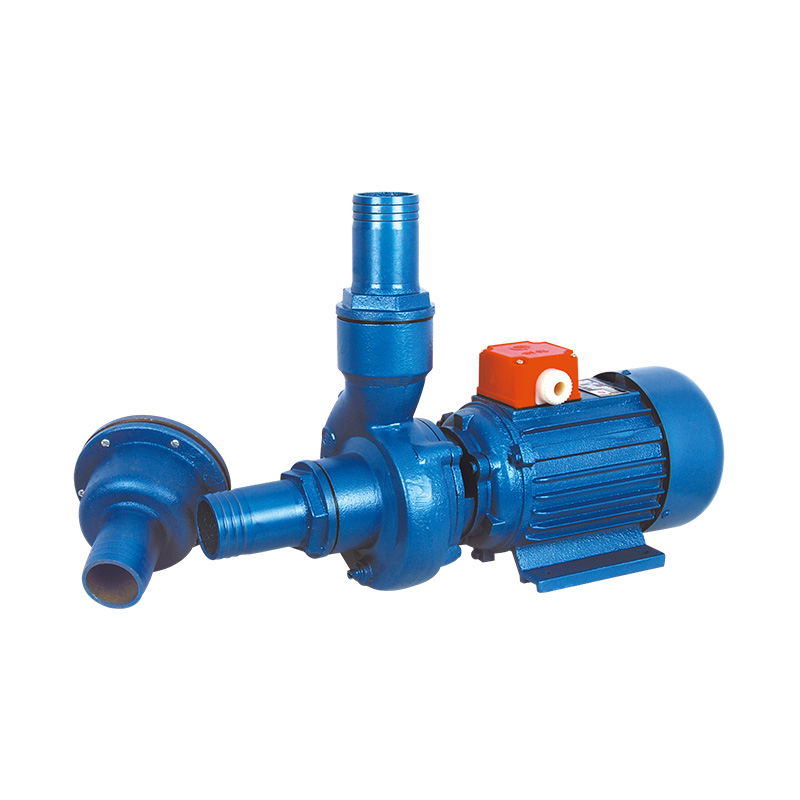The electric mud pump is a mechanical device designed to move high-viscosity fluids, such as slurry, drilling mud, or construction site sludge. Its working mechanism centers on the generation of consistent pressure through reciprocating or rotary motion, depending on the specific type of mud pump in use.

One common form of the electric mud pump is the reciprocating piston type. In this system, an electric motor drives a crankshaft, which in turn moves a piston or plunger back and forth inside a cylinder. During the suction stroke, the piston pulls fluid into the pump chamber through a suction valve. On the return stroke, the piston pushes the fluid out through a discharge valve. This cycle repeats rapidly, producing a steady stream of pressurized mud.
Electric mud pumps are typically equipped with features such as pressure control devices, safety valves, and durable liners or seals to withstand the abrasive nature of mud. The ability to fine-tune flow rate and pressure using an electric control system makes this pump particularly useful in applications like trenchless drilling, mining, or large-scale concrete work.
The design also emphasizes serviceability. Wear parts such as liners and pistons are made replaceable, allowing the pump to remain in operation for extended periods with proper maintenance. Additionally, electric power enables steady performance and ease of integration into automated or semi-automated work environments.
The automatic sewage submersible pump has undergone notable development since its introduction, gradually incorporating features that allow for more reliable and less labor-intensive operation. This type of pump is placed directly into the wastewater or sewage basin it is meant to empty, allowing it to function below the fluid line and use gravity to assist with priming.
Early models required manual activation and close monitoring, but modern versions are equipped with sensors and control systems that enable automatic operation. When the water level in the sump or pit rises to a preset point, a float switch or pressure sensor activates the pump, and it continues running until the level drops back to a safe limit. This automatic cycle reduces the need for manual oversight, making the pump suitable for residential basements, municipal sewage systems, and even some industrial waste collection setups.
Design advancements have also focused on solid handling. The automatic sewage submersible pump often features an impeller design capable of moving soft solids and fibrous materials without clogging. Materials used in construction—such as cast iron, stainless steel, or engineered plastics—are selected for durability in corrosive or contaminated environments.
Another notable area of development is the integration of motor protection features. Thermal overload protection, moisture sensors, and even remote monitoring capabilities now come standard in many automatic sewage submersible pump models. These enhancements help ensure a longer operational life and reduce unexpected downtime.
Retrospectively, the progression of the automatic sewage submersible pump can be seen as a response to growing demands for hygienic, low-maintenance wastewater management. As urban areas expand and environmental standards rise, the need for dependable and energy-efficient submersible systems continues to drive innovation in this category.